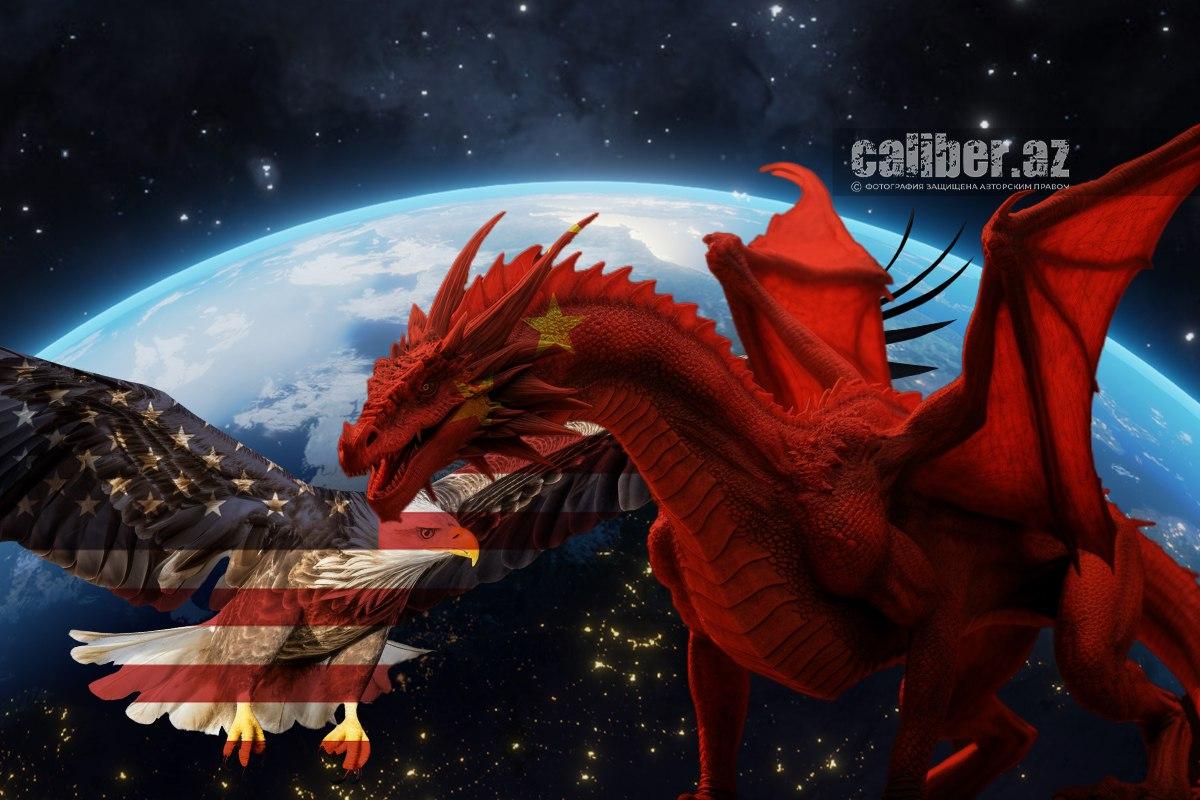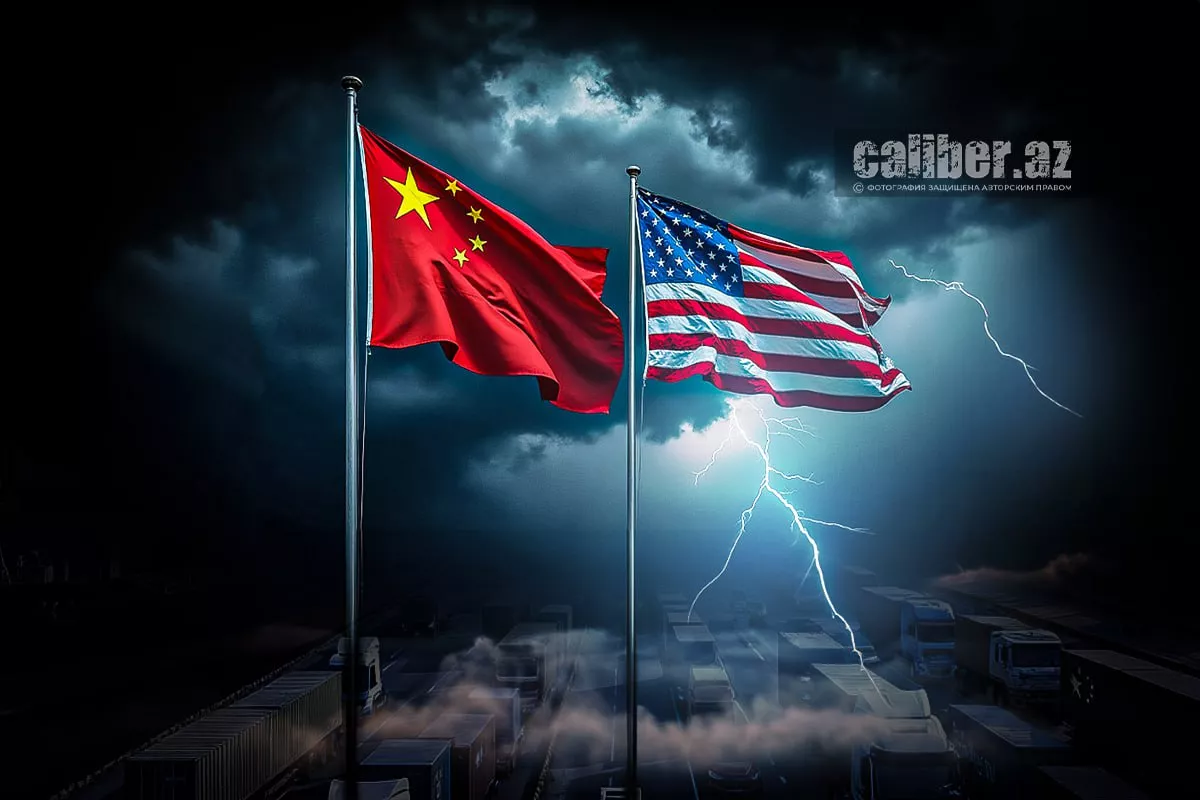US vs. China: A tariff race for survival Economic fallout
As is already known, the U.S. tariff on imports from China has reached 54% of the customs value, as the February 20% tariff was added to the April 34%. The White House's move has been defined by Beijing as a "tool for exerting maximum pressure and extracting benefits," which is seen as a "typical move of unilateralism, protectionism and economic bullying." As a result, the Trump administration, engaging in "zero-sum games," is essentially pursuing "American exceptionalism" at the expense of the "international public good." Noting the absence of winners in trade tariff wars, Beijing emphasized that it is not afraid of difficulties and that China has already taken and will continue to take decisive measures to protect its sovereignty, security, and development interests.
As a result, in addition to retaliatory tariffs on U.S. goods, Chinese authorities announced an enhancement of the export control regime concerning seven rare earth elements (samarium, gadolinium, terbium, dysprosium, lutetium, scandium, yttrium), which are virtually "monopolistically" mined and processed in China. At the same time, Beijing announced the addition of 27 American companies to the list of organizations subject to trade sanctions or supply chain controls, while simultaneously filing a lawsuit with the WTO regarding U.S. tariffs. In parallel, the country's relevant bodies initiated an anti-dumping investigation into X-ray tubes for CT scanners supplied to China by American manufacturers.
U.S. President Donald Trump, responding to China's measures by describing them as a "wrong" move indicating "panic," confirmed plans to implement new anti-China measures. Starting from May 2, exceptions for online stores allowing shipments to the U.S. worth less than $800 to be sent without taxes or customs checks will be eliminated, which, as emphasized, will primarily impact Chinese retailers like Shein and Temu.

In light of the ongoing situation, analysts are vocally discussing a massive trade war, particularly asserting that the U.S. will face inflation due to the country's critical dependence on the supply of rare and rare earth metals from China, with Beijing potentially redirecting export flows to the BRICS countries in response to the U.S. market. Consequently, American consumers could face higher prices for electric vehicles, household appliances, microelectronics, computers, smartphones, textiles, and more. While some predict that China may lose up to 2.5% of its GDP in 2025, for the U.S., the figure is expected to be at least around 3%.
At the same time, a significant portion of experts sees a certain justification in Trump's actions. For instance, data is presented showing that in 2024, China's exports to the U.S. amounted to nearly $3.60 trillion, while imports from the U.S. were just under $2.69 trillion, resulting in a surplus of nearly $1 trillion for China. The bilateral trade turnover between China and the U.S. increased by 3.7% in 2024, reaching almost $690 billion. The U.S. remained China's largest trading partner, with exports to America rising by nearly 5%. Moreover, China's total economy exceeded $18 trillion for the first time last year. Against this backdrop, experts point to data from UNIDO (the United Nations Industrial Development Organization) showing that China produces almost 30% of all industrial goods in the world. China has become the largest exporter of cars and the primary global center for solar panel production, which the world still relies on due to the continued importance of the "green agenda."
According to experts, Washington is inevitably affected by Beijing's push for de-dollarisation. In 2024, Egypt, with guarantees from the Asian Infrastructure Investment Bank and the African Development Bank, issued and placed its panda bonds on the Chinese financial market. Panda bonds are bonds "born" in Cairo and denominated in yuan. This summer, similar Pakistani panda bonds are expected to appear on the Chinese financial market.

Undoubtedly, the U.S. was fully aware that these steps by Beijing were a preemptive measure against the expected new American "tariff grid." As financial analysts emphasized, by the beginning of 2025, the Chinese yuan was holding near 16-month lows against the dollar, despite the People's Bank of China's efforts to support the currency. In this context, China's central bank, the People's Bank of China (PBOC), raised the borrowing limit in January this year to increase the ability of companies to borrow more funds abroad (in light of the need to support the yuan). PBOC Governor Pan Gongsheng announced plans to significantly increase China's foreign exchange reserves in Hong Kong.
In line with this, the central bank declared a suspension of Treasury bond purchases and plans to issue large volumes of bills in Hong Kong to prevent a significant drop in yields and maintain control over the yuan's circulation abroad. Simultaneously, as part of the country's macroeconomic policy priorities, there was a shift in focus from promoting investment growth, as had been the case previously, to consumption along with investment. The priority would fall directly on consumption, as Gongsheng referred to domestic demand, and particularly consumer demand, as "unsatisfactory."
Thus, the current situation in U.S.-China relations has become incredibly tense, with a tendency for further escalation. Observers confidently assert that it is unlikely that either side will decisively and irreversibly emerge victorious in this "tariff race for survival." In other words, both countries will face significant challenges. The nuance here is that, according to a number of experts, one of Washington's main objectives in this regard is to take specific measures to leverage European countries and Russia against China in the financial and economic sphere. But how successful this strategy will be remains uncertain.
Therefore, we continue to watch the twists and turns in U.S.-China relations, which are impacting nearly the entire global stage.








